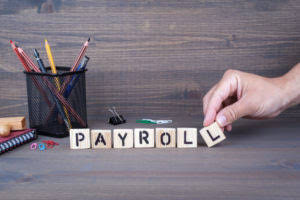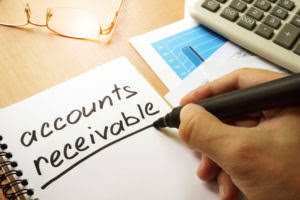Account Number Overview, How It Works, and Protecting It from Fraud

The back of a check, which isn’t pictured here, includes a space for endorsements. A check is supposed to be endorsed, or signed by the recipient before it is deposited or cashed. Accounts that use multi-factor authentication, which adds a second security layer to safeguard an account, are becoming more common.
3. The two-party system and views of differences between the Republican and Democratic parties – Pew Research Center
3. The two-party system and views of differences between the Republican and Democratic parties.
Posted: Tue, 09 Aug 2022 07:00:00 GMT [source]
The account number is the string of 5-17 digits in the bottom right-hand corner of a paper check. Some of the methods to intercept such data include using malware, an account recovery procedure, or phishing. Modern businesses are striving to protect users’ account numbers in an online environment that is increasingly vulnerable.
Which Number Is the Routing Number on a Check?
While your account number alone is not enough to access your funds, it’s essential to keep it secure. If combined with other personal information, it could be used maliciously. If you have questions about connecting your financial accounts to a Plaid-powered app, visit our consumer help center for more information. The exception to the above rules is American Express, whose cards have only 15 digits. That’s because, while other card networks rely on banks to issue their cards, American Express issues its own cards.
While bigger international banks may have many routing numbers depending on location, small financial institutions normally have just one. Each bank in the US allocates account numbers based on a unique approach that is kept secret for security describe the two parts of an account number reasons. As a result, most bank account numbers are between 8 and 12 digits long, although they can also be between 5 and 17. The bank knows where to add or subtract money based on your account number when transactions are posted.
Are account numbers unique?
However, some banks and credit unions show the full bank account number online and in the mobile app. The ABA routing number system covers federally and state-chartered banks and financial institutions that process check transactions. It extends to banks that participate in other activities, such as Automated Clearing House (ACH) payments, electronic funds transfers and online banking. A specific bank account is identified by a special string of numbers, letters, and other characters called an account number.
Keeping your bank account numbers private is crucial for this reason. If not, someone could be able to access your accounts illegally using your details. An account number identifies your individual account, while a routing number (or sort code in some countries) identifies your specific bank branch. Although every debit card is linked to a particular checking account, the debit card number is different from the checking account number. That makes it easier to replace a lost or stolen debit card without affecting the underlying checking account.
Best Online Bookkeeping Services
The account number (typically digits) identifies the client’s account. These numbers are the lengthy digits at the bottom of paper checks or on the backs of credit cards. New security measures, such as tokens, biometrics, two-factor authentication, and instant account verification, can supplement and strengthen account numbers. Meanwhile, financial institutions have begun to pursue other avenues for preventing and detecting fraud. For example, predictive analytics and machine learning can be used for anomaly detection. Such measures examine email account, IP, phone, physical address, and other information for out-of-pattern behavior.
It is simpler to replace a lost or stolen credit card without impacting the cardholder’s bank account, and it can also assist in avoiding fraud. Although bank accounts have existed since prehistoric Mesopotamia, account numbers are more modern. The concept of financial account numbers as we know them now is said to have emerged with the advent of computers in banking in the late 1960s.
Assigning a unique credit card number makes it easier to replace a lost or stolen credit card without affecting the cardholder’s bank account, and it can also help prevent fraud. A bank account number is a unique identifier for each account at a bank or other financial institution that you have. Along with the routing number, the bank uses this number to make payments and accept deposits.

